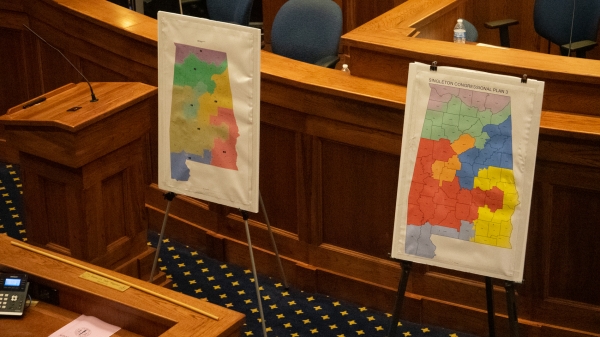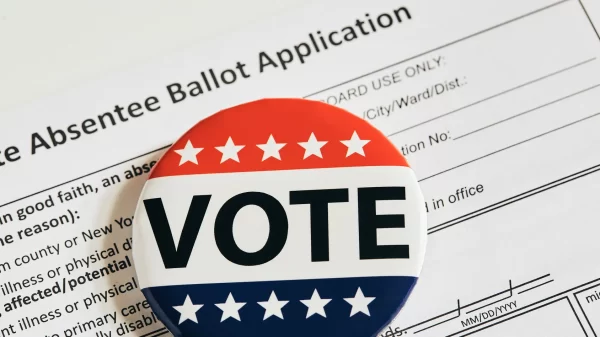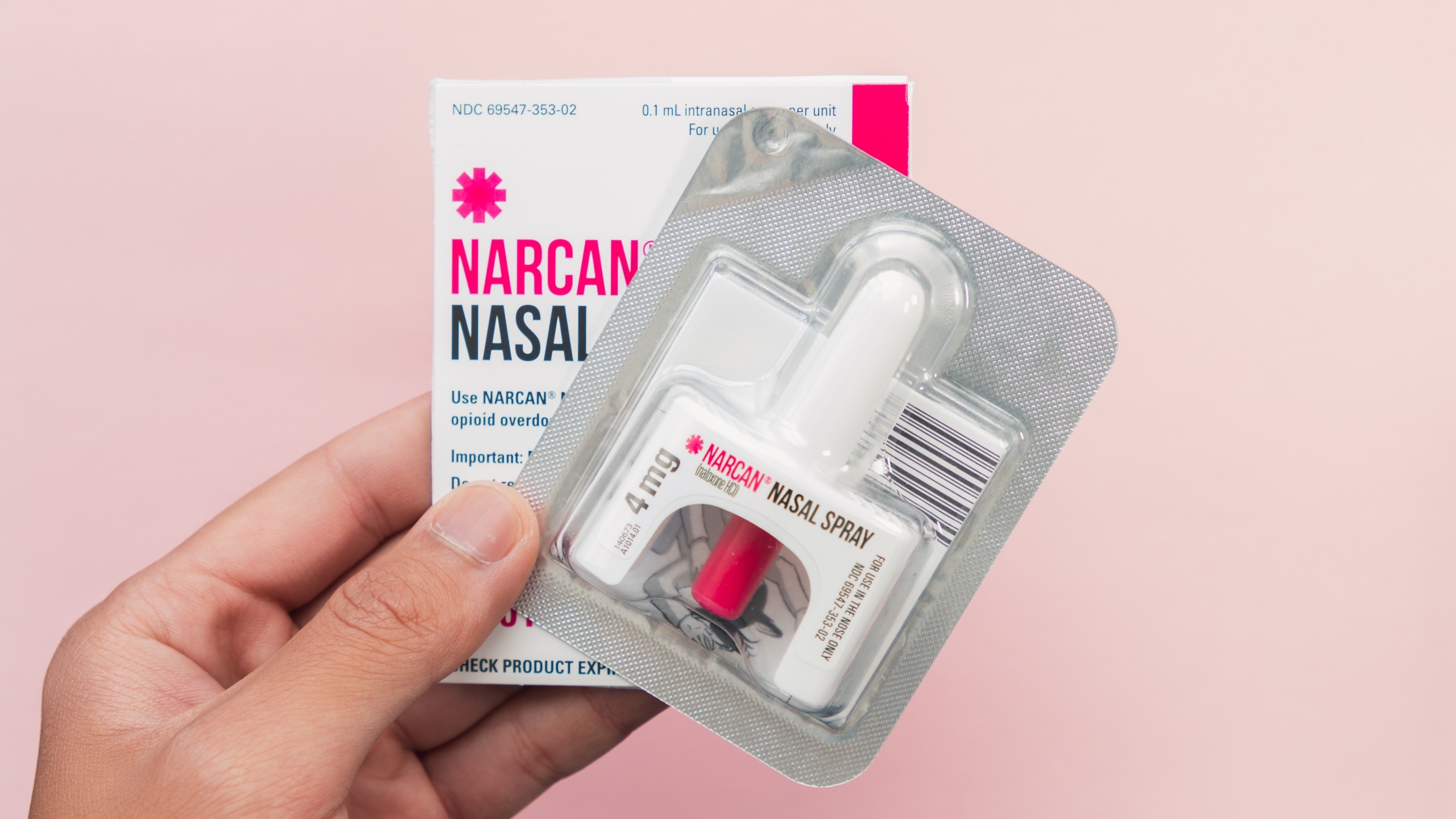Jefferson County saw its first drop in overdose deaths since 2018, a result driven by specific policy changes and the targeted use of resources, a new Public Affairs Research Council of Alabama analysis finds.
In 2023, the county recorded 483 accidental drug overdose deaths. This number represents more than double the number of homicides in the county in 2023 and more than three times the overdose deaths seen in 2012.
In response to the crisis, Alabama formed the Opioid Overdose and Addiction Council in 2017. The council was supported by federal funding through the Centers for Disease Control’s Overdose Data to Action program, which focused on tracking and responding to overdose trends. In 2024, the number of overdose deaths dropped to 318.
The Jefferson County Department of Health, with help from hospitals, EMS providers and the Jefferson County Coroner’s Office, began collecting and sharing real-time data on overdoses. This allowed health officials to identify high-risk neighborhoods and respond quickly with outreach and resource distribution.

Jefferson County overdose deaths over time and by race. (Public Affairs Research Council of Alabama)
Alabama has been making legislative changes to assist in lowering these numbers as well. In June 2022, Alabama decriminalized fentanyl test strips, which were previously considered drug paraphernalia. The strips detect dangerous levels of fentanyl and are now legal to use and distribute.
Another shift followed in March 2023, when Naloxone was approved for over-the-counter sales, and the Alabama Department of Mental Health expanded public access to the drug.
With additional funding from federal and state opioid settlements, state and local agencies began distributing naloxone and fentanyl test strips for free. ADMH distributed over 46,000 naloxone kits in 2023 through events, trainings and direct outreach. Jefferson County also employed an online ordering system to mail supplies and placed distribution boxes at clinics and other community locations.
Public messaging supported the effort. Jefferson County Health Department promoted overdose prevention and treatment options through ads, including on public buses in the neighborhoods most affected.
Data from the Coroner’s Office, including maps of overdose deaths by zip code, helped guide these actions.
Jefferson County Health Officer Dr. David Hicks spoke about the importance and the impact of this ongoing work.
“As we continue to address the challenges posed by overdose deaths in our community, it is crucial to recognize the progress we have made and the work that still lies ahead,” Hicks said. “Our collective efforts in prevention, education, and treatment are making a difference, but we must remain vigilant and committed to saving lives. Together, we can build a healthier and safer Jefferson County.”




















































